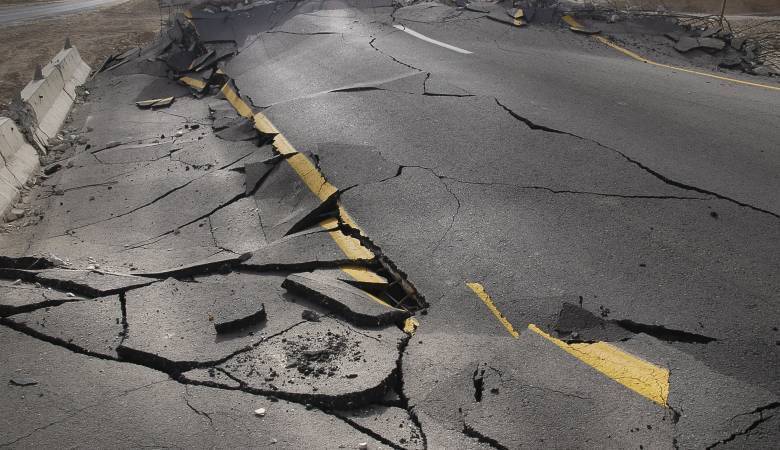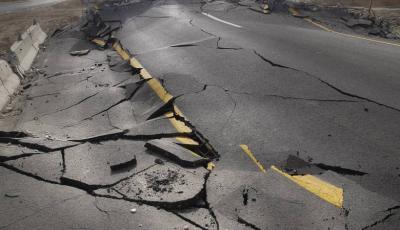The General Directorate of Civil Defense has outlined the guidelines to be followed before, during, and after earthquakes. These include:
**Before the Quake:**
- **Monitor items in the home or office:**
- Secure everything that could fall, such as cabinets, chandeliers, shelves, pictures, and heavy objects.
- Repair cracks in the building and electrical wiring.
- **Identify safe places indoors:**
- Under sturdy tables or next to an interior wall or in corners.
- Away from glass, mirrors, and anything that could shatter.
- **Identify safe places outdoors:**
- Away from buildings, trees, phone and power poles.
- Do not go to coastal areas due to the risk of tsunamis; head immediately to high ground and stay away from rivers and streams that lead to the sea.
- **Preparations:**
- Prepare an emergency exit plan.
- If family members are scattered during the disaster, especially if children are at school, agree on a meeting place in advance and know who to contact outside the town.
- Ensure that everyone is aware of these preparations and conduct drills periodically.
- Prepare an emergency kit and a first aid kit with necessary medications if available.
**During the Shake:**
- **If you are indoors:**
- Do not rush outside or go down to the shelter; staying inside is safer.
- Take cover under a sturdy table, doorframe, or in an interior corner until the shaking stops.
- Stay away from windows, balconies, and items that can fall from ceilings and walls.
- Protect your head and face with anything available or with your arms in a crouched position.
- Cut off all power sources if possible.
- Do not use the elevator.
- **If you are outdoors:**
- Move away from buildings and walls and do not take shelter under trees or near power lines and metal signs.
- **If you are in public places:**
- Do not rush towards exits to avoid crowding; look for emergency exits.
- Stay away from anything that could fall.
- **If you are in a vehicle:**
- Avoid reckless driving as controlling the steering wheel becomes difficult.
- Park your car to the right side of the road away from buildings, walls, and public utility lines to facilitate rescue vehicles' passage.
- Do not attempt to cross bridges or take shelter under them or inside tunnels.
- **If you are in an elevator:**
- Press the button for the closest floor to stop the elevator and exit as quickly as possible using the stairs towards safe locations.
**After the Shake:**
- **If you are injured:**
- Remain calm and avoid panic or fear.
- Try to attract attention to your location in any way possible.
- Begin evacuating others according to the pre-determined plans.
- **If you are uninjured:**
- Check all family members.
- If experienced, provide first aid to the injured and extinguish small fires.
- Cut off all power sources.
- Evacuate injured persons if their lives are in danger.
- Do not touch dangling wires.
- Use the phone only in emergencies, especially mobile phones in case of gas leaks, to prevent network congestion.
- Listen to the radio and follow instructions from authorities.
- Prepare for aftershocks and leave the house before they occur.




